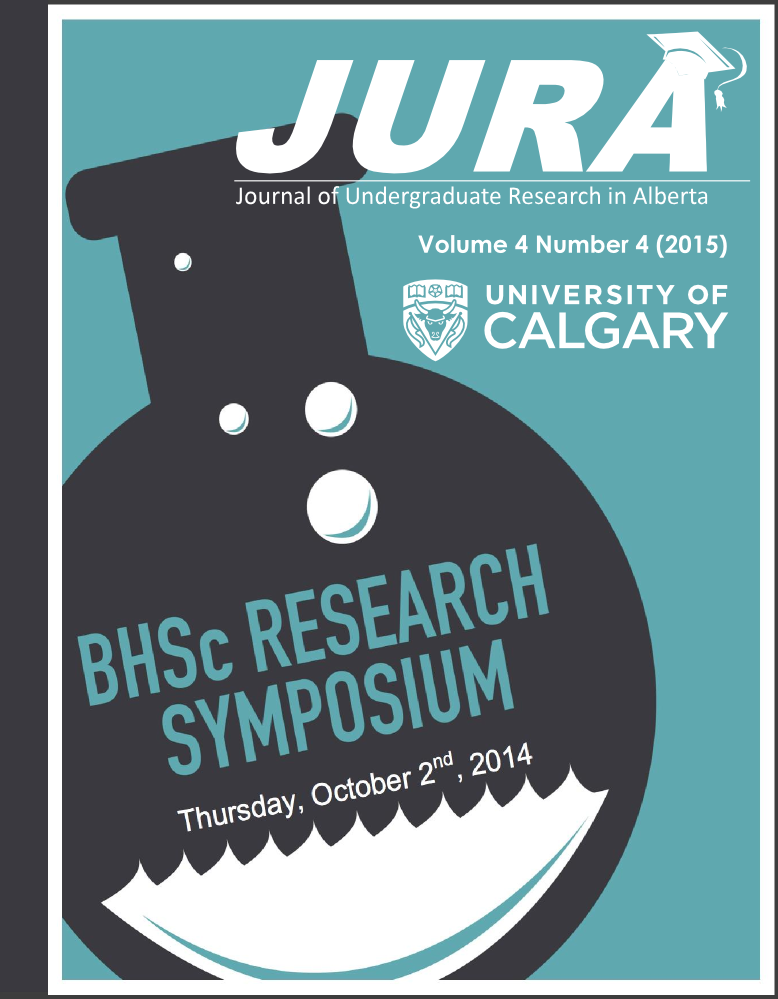Ski and Snowboard School Programs: Incidence and Risk Factors for Injury
Keywords:
ski, snowboard, injury risk, school programs, age-group comparisonsAbstract
BACKGROUND
Participating in skiing and snowboarding is a great way to encourage physical activity in youth. Current safety guidelines for physical activity in Alberta schools suggest that skiing and snowboarding are suitable for grades 4-12 [1]. As a number of schools follow these guidelines, we set out to evaluate age-specific incidence and nature of ski and snowboard related injuries in school-aged children.
METHODS
Historical cohort study; participants were children and youth who presented to the ski patrol after sustaining a ski or snowboard injury during the 2013-2014 season at a ski area in Southern Alberta (N=198). Injury information was extracted from Accident Report Forms (ARF) completed by the ski patrol. Rate denominator data were obtained from school enrolment forms. Outcome measures included injury rates and injury severity. Injured participants were defined as skiers or snowboarders injured at the ski area that presented to ski patrol. Severe injuries were defined as those where the destination on the ARF was indicated as “hospital”. Severity was compared among those <8, 8-12 and13-17 years old.
RESULTS
Ninety-two of 198 (46%) injuries reported to the ski patrol were severe. Preliminary analyses indicated higher odds of severe injury for those 13-17 (OR 4.59; 1.44-18.08) compared with those <8 (reference) and 8-12 (OR 1.66; 0.52-6.5) years old. Males (OR 2.43; 1.25-4.92), snowboarders (OR 2.07; 1.14-3.82), and those injured while jumping (OR 4.33; 1.74-11.44) had greater odds of severe injury, in comparison with females, alpine skiers, and those in lessons. There was evidence that participating in a ski/snowboard school program reduced the likelihood of severe injury (OR 0.46; 0.24-0.90). Adolescents (13-17 year olds) had a higher rate of injury (437/10,000 visits) than children (≤12) (175/10,000 visits). The rate of snowboarder injury (205/10,000 visits) was almost 3 times higher than the rate in skiers (69/10,000 visits). Snowboarders had a higher incidence of fractures and upper extremity injuries, while skiers had a higher incidence of lower extremity injuries. Trunk and head injury rates were similar for skiers and snowboarders.
DISCUSSION AND CONCLUSIONS
Preliminary results indicated that younger participants and those in school programs had lower odds of severe injury. Future work will involve more advanced regression analyses to adjust for additional potential confounding factors. We will also continue to explore factors that contribute to higher risk of injury for adolescents in subsequent analyses.
Downloads
Downloads
Additional Files
Published
Issue
Section
License
Authors retain all rights to their research work. Articles may be submitted to and accepted in other journals subsequent to publishing in JURA. Our only condition is that articles cannot be used in another undergraduate journal. Authors must be aware, however, that professional journals may refuse articles submitted or accepted elsewhere—JURA included.


